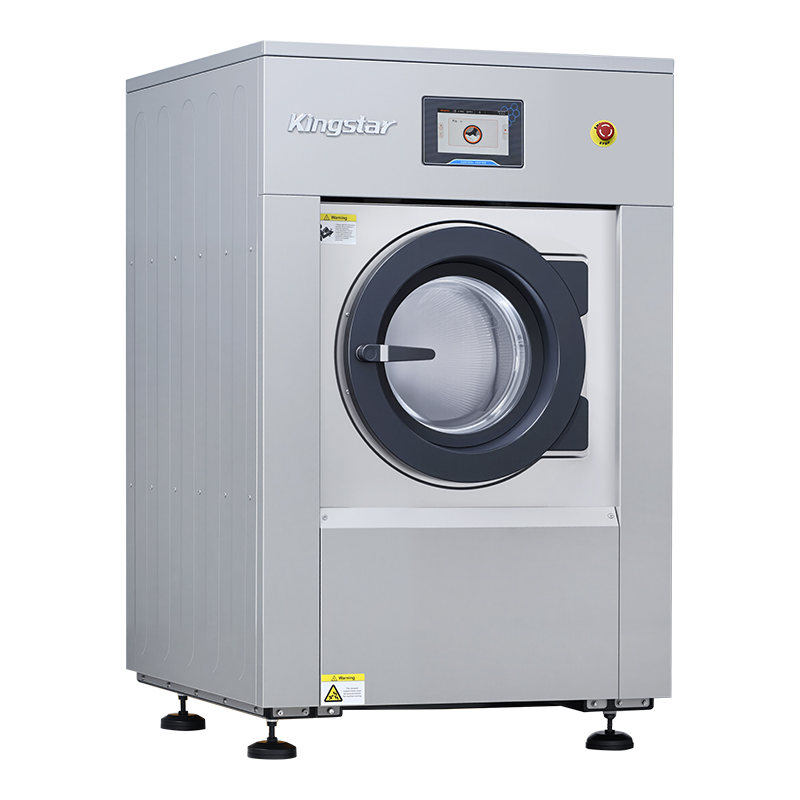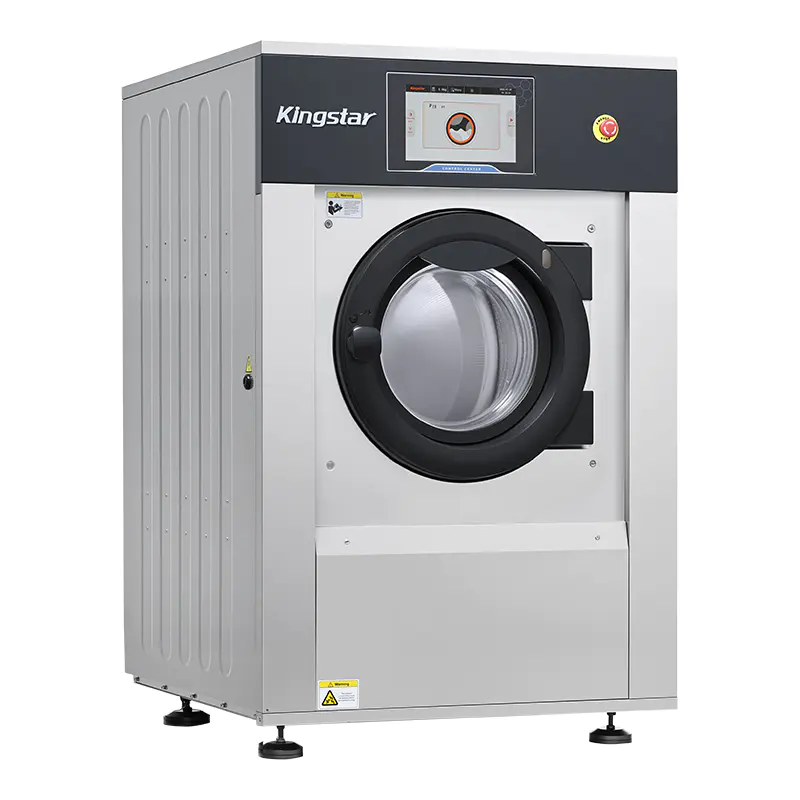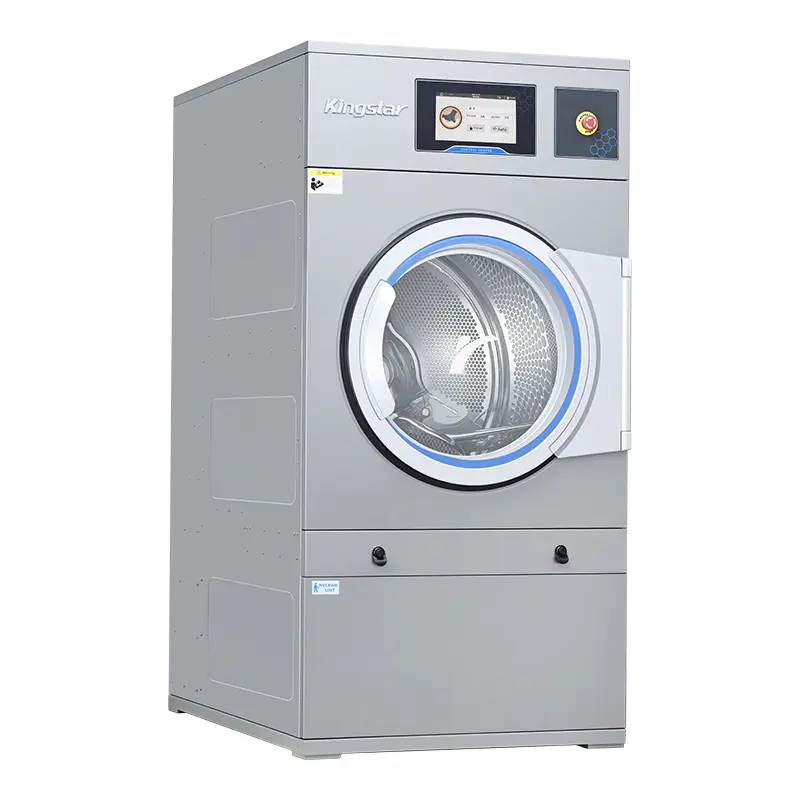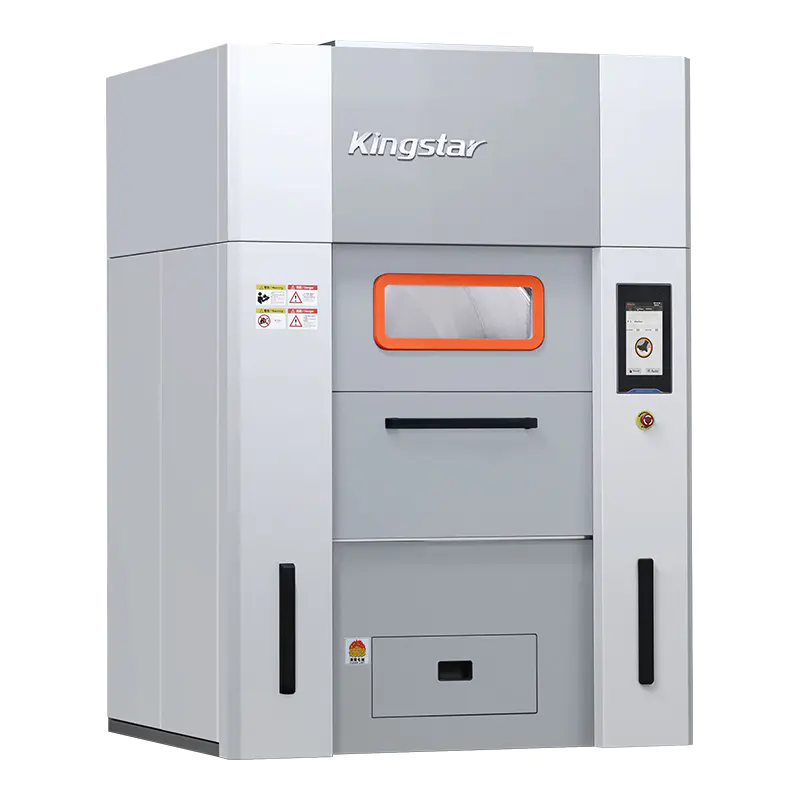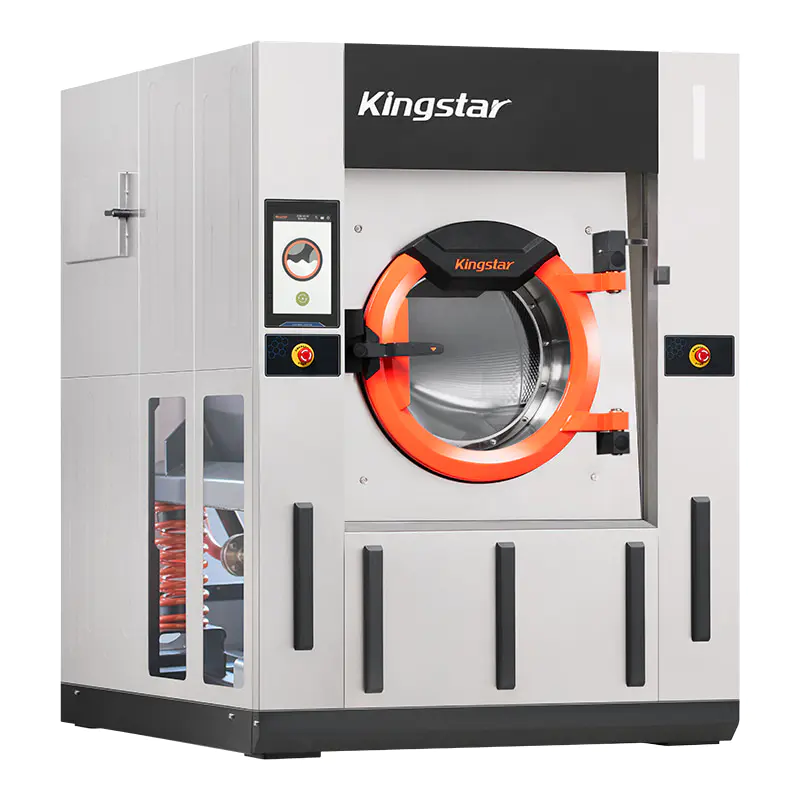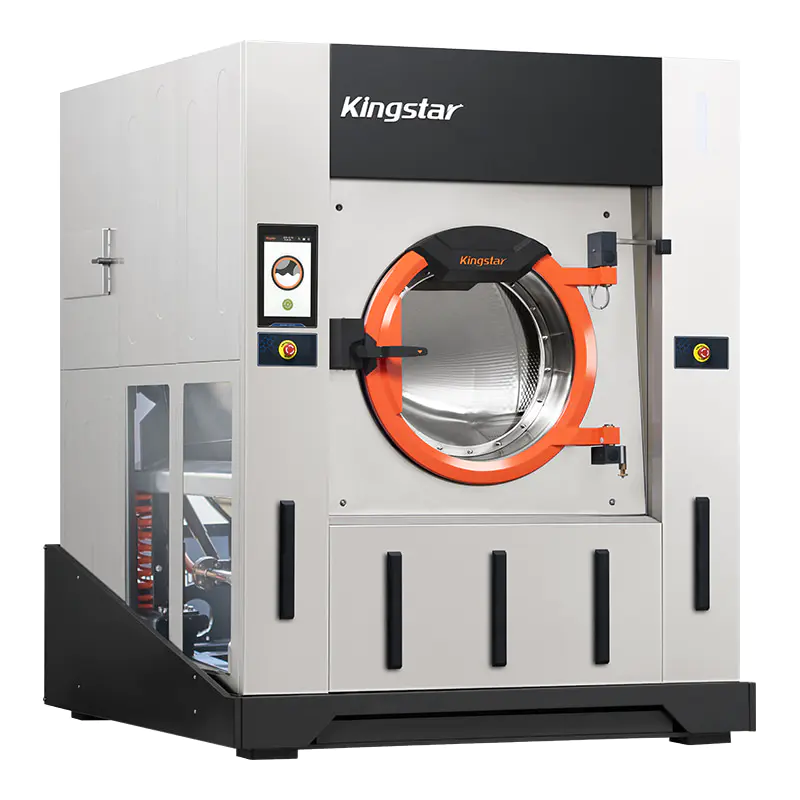
The Differences between Tencel and Lyocell
In the laundry industry, with the continuous showing up of new fabrics, Tencel and Lyocell are gradually getting attention. Though they have intimate relationships, there are still some differences in the practical application. Staff in laundry shops should pay attention to their characteristics to ensure that clothes are not damaged during the laundry process.
Differences
Definition and Source
- Tencel:
It is the brand name of the Tencel fiber and belongs to the Lyocell fiber. It is a fiber brand developed by the Austrian company Lenzing, adopting a unique solvent-spinning process and using natural plant fibers as raw materials. It has excellent environmental protection performance.
- Lyocell:
It is a broader category of fibers and it generally means regenerated cellulose fibers produced by the N-Methylmorpholine-N-oxide (NMMO) solvent method. Tencel is a premium brand in Lyocell fibers, but not all Lyocell fibers are called Tencel.
Performance feature
- Moisture absorption and breathability:
Both have good moisture absorption and breathability. But Tencel has better moisture absorption and sweat-wicking performance and is suitable for making close-fitting clothes.
- Luster and Touch:
The luster of Tencel is soft. Its hand feel is smooth, and it has a silky texture. The luster of Lyocell is more natural and its touch is relatively soft, but it is not as fine as that of Tencel.
- Durability:
Both have high strength and wear resistance. Tencel can still maintain good shape and luster, while ordinary Lyocell fibers may experience slight pilling or shrinkage in some cases.
Environmental Protection
Tencel is the eco-friendly benchmark in the Lyocell fibers. Its production process is more advanced. It has a high solvent recovery rate and less impact on the environment. Although Lyocell fibers from other brands are eco-friendly as well, their environmental protection standards may be different during the production process.
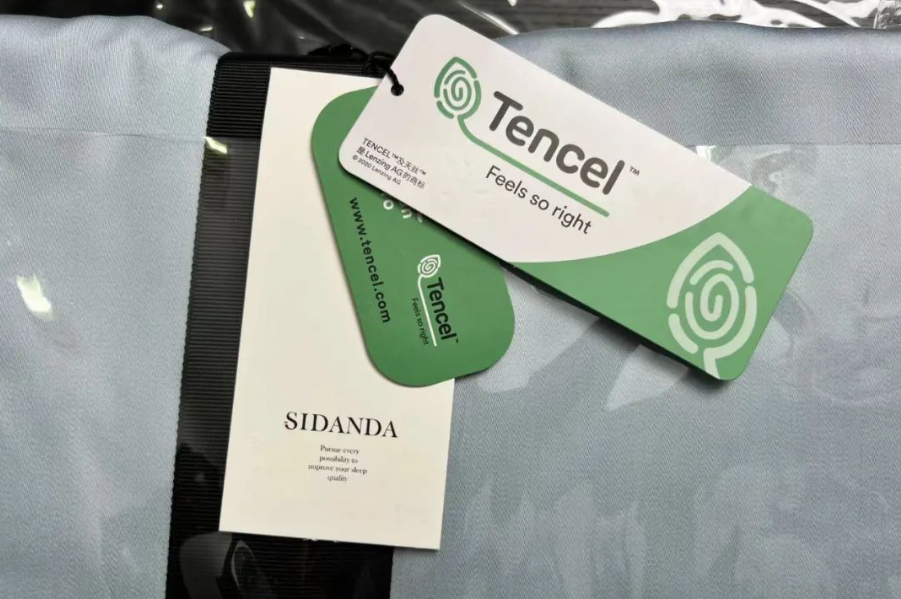
Announcements
Washing label
When people handle all clothes, washing labels are the most important reference. Though Tencel and Lyocell have similar characteristics, different brands and different clothes may have different washing requirements. If there is “only dry cleaning” on the washing label, people have to obey the rules and avoid problems like shrinkage and deformation caused by water washing.
Mild washing
- Temperature of the water:
Tencel and Lyocell fibers are very sensitive to temperature. It is suggested that cold water or warm water (not exceeding 30℃) should be used in laundry to avoid fiber damage or shrinkage caused by the high temperatures.
- Detergent:
Since these two types of fibers are regenerated cellulose fibers, it is recommended to use neutral detergents and avoid using strongly alkaline or acidic detergents to prevent damage to the fibers. At the same time, products containing chlorine bleach should be avoided to prevent fading.
- Hand washing:
Though some Tencel clothes and Lyocell clothes can be washed in washing machines, hand washing is a better recommendation for better protecting clothes. During the washing process, people should gently rub and avoid vigorous scrubbing or twisting to prevent damage to the fibers.
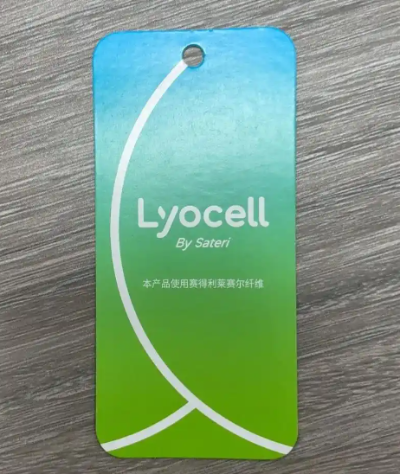
Drying and ironing
- Drying method:
When drying Tencel and Lyocell clothes, direct sunlight should be avoided. It is recommended to dry them naturally in a cool and well-ventilated place to prevent the fibers from becoming brittle or fading due to prolonged exposure to the sun.
- Drying temperature:
If ironing is needed, a low ironing temperature (no more than 110℃) should be used. A piece of wet cloth should be put between the clothes and the ironer to avoid direct contact with the ironer to prevent burns to the fibers.
Special stain treatment
- Protein-based stains:
Like blood stains, milk stains, and so on. People should instantly use cold water to rinse and avoid hot water and alkaline detergent to prevent the stain from solidifying.
Announcement
- Avoid prolonged soaking:
Long-time soaking of Tencel and Lyocell fibers in water may cause the fibers to expand and affect the shape and texture of the clothes. As a result, people should shorten the soaking time as much as possible.
- Record special requirements:
If the customers have special requirements for the laundry of the clothes, like “gentle treatment” or “avoid ironing”, laundry shops must record in detail on the laundry receipt and strictly do what the customers require to avoid disputes.
Conclusion
Although Tencel and Lyocell are basically same type, there are still some differences in their performance and processing requirements. When handling these two kinds of fabrics, laundry shops should pay special attention to the instructions on the washing labels, adopt mild washing methods, control water temperature, choose proper detergents, and be especially careful when drying and ironing. By virtue of professional processing methods, these environmentally friendly and high-performance fibers can be better protected, providing customers with high-quality laundry services. At the same time, it can also enhance the professional image and reputation of the laundry shops.
ADD:No.388 Xinggang Road, Chongchuan District, Nantong City, 226000, Jiangsu Province, China.
-
Phone: +86-13917089379
-
Tel:+86-13917089379
-
Fax:+86-0513-85663366
-
E-mail:[email protected]
